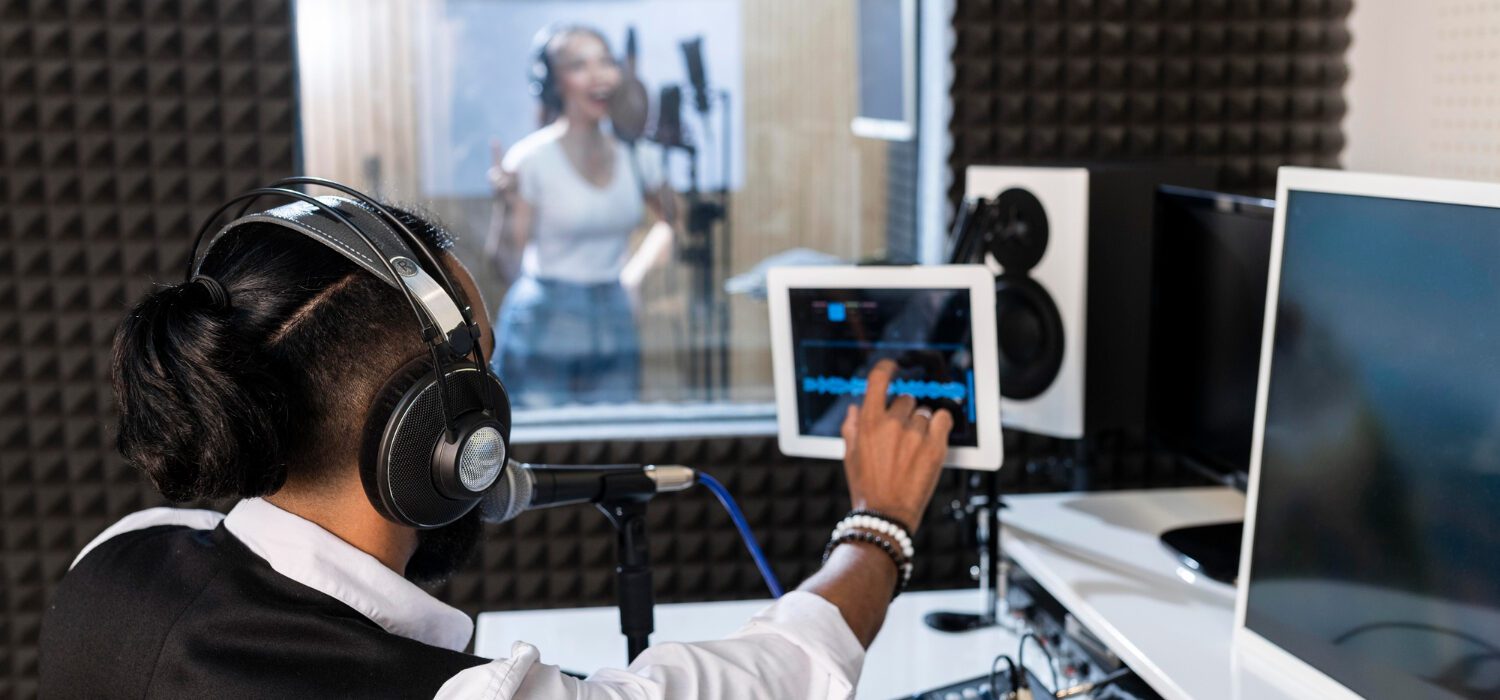Summary
The COVID-19 pandemic has accelerated the adoption of remote and automated production processes, as highlighted in the article. AI dubbing facilitates a decentralized approach to content creation, enabling teams to work from different locations without needing physical studio setups.
Evolution of Dubbing
Traditional dubbing methods, the long-standing backbone of language adaptation in films and television shows, have faced a transformation with the advent of AI. In dubbing, AI is not merely a technological gimmick but a significant leap forward in enhancing the viewing and gaming experience.
AI Voice Synthesis Technologies
AI voice synthesis technologies have emerged as game-changing tools at the core of this revolution. Natural Language Processing (NLP) and voice cloning allow for the creation of lifelike voices seamlessly integrating with the visual elements of the content.
AI-Powered Language Localization
AI, extending beyond language translation, focuses on cultural adaptation. AI-powered language localization ensures accurate conveyance of nuances and cultural references to the audience.
Future Trends in AI Dubbing
Looking ahead, exciting prospects characterize the future of AI in dubbing. Advancements in AI technology, coupled with its integration with other entertainment technologies, promise to elevate the creative possibilities for content creators.
AI in Dubbing: A Game-Changer for Content Creators
AI in dubbing opens up new horizons for filmmakers and content creators. It empowers them to explore creative avenues previously restricted, fostering innovation and pushing the boundaries of what is possible in storytelling.
Why AI Dubbing is Becoming Popular
AI dubbing is gaining popularity for several reasons:
Language Accessibility:
AI dubbing enables content creators to dub content easily into multiple languages, making it more accessible to a global audience. This is especially important for streaming platforms and international distribution, where language diversity is crucial.
Consistency:
AI ensures a consistent voice throughout the dubbed content. Traditional dubbing may face challenges in maintaining the same voice quality and style across different scenes or episodes, which AI can address by providing a uniform output.
Customization:
AI allows the customization of voices and styles to match the specific requirements of the content. This flexibility is valuable for adapting the dubbing to different genres, target demographics, or cultural contexts.
Technological Advances:
Advances in natural language processing (NLP) and speech synthesis technologies have significantly improved the quality of AI-generated voices. The development of more realistic and expressive voice models has contributed to the increasing acceptance of AI dubbing.
Pandemic-Driven Trends:
The COVID-19 pandemic has accelerated the adoption of remote and automated production processes. AI dubbing allows a more decentralized approach to content creation, enabling teams to work from different locations without needing physical studio setups.
Testing and Prototyping:
AI dubbing can be used for testing and prototyping content before committing to full-scale production. This allows content creators to assess the viability of different dubbing options and adjust as needed.
Let’s Have A Talk
About Any queries you have
If you have a query you would like to discuss,
We'd love to hear from you.
Please feel free to contact us via phone, email, or this form! We respect your privacy and will never share this information with a third party.
If you’d like a walk-in appointment, kindly call ahead to schedule. Thank you!
Headquarters:
Dialect LLC
3932 Rivermark Plaza,
Santa Clara, California – 95054
Get In Touch
Phone: +1-206-734-4642
email: contact@dialectllc.com
Dialect LLC


Ouick Links
tl’dr
Professional translation services at the speed of your business in over 120 languages by qualified native speaker translators.

